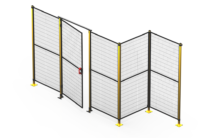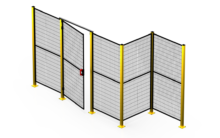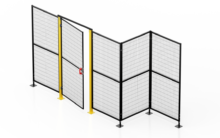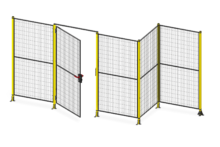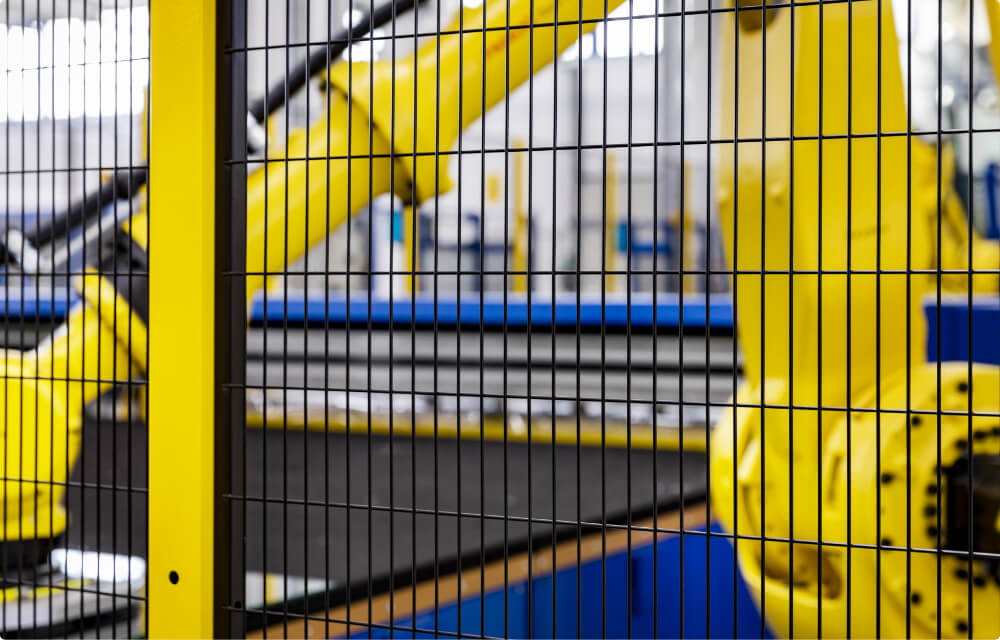Robot Safety has long been a paramount concern in industrial settings. With the rising prevalence of collaborative robots (cobots) and automation becoming the norm in factories, entire production areas now feature 'robotic cells,' enhancing both productivity and quality with high levels of autonomy.
As the trend keeps rising, new challenges emerge to ensure the safety inside these workplaces. Robots can represent serious health hazards due to moving objects at high speed and lacking the intelligence of human operators. Interacting with them can lead to several accidents, such as tripping, slipping inside the cell, getting in contact with moving parts, being pinned by the robot arm. A tiny programming error – or even a slight oversight – can turn extremely costly.
Fast-Paced Production Environments Require Attention To Safety
While moving objects, robots often perform rapid movements that demand careful attention by workers nearby. Robotic arms in a production lines often operate at high-paced speed, which demands high-quality safety measures so as to prevent fatal accidents.
Besides its vertical shape, the darker color of the Satech Industrial Safety Fence mesh keeps hazard areas fully visible at all times.
